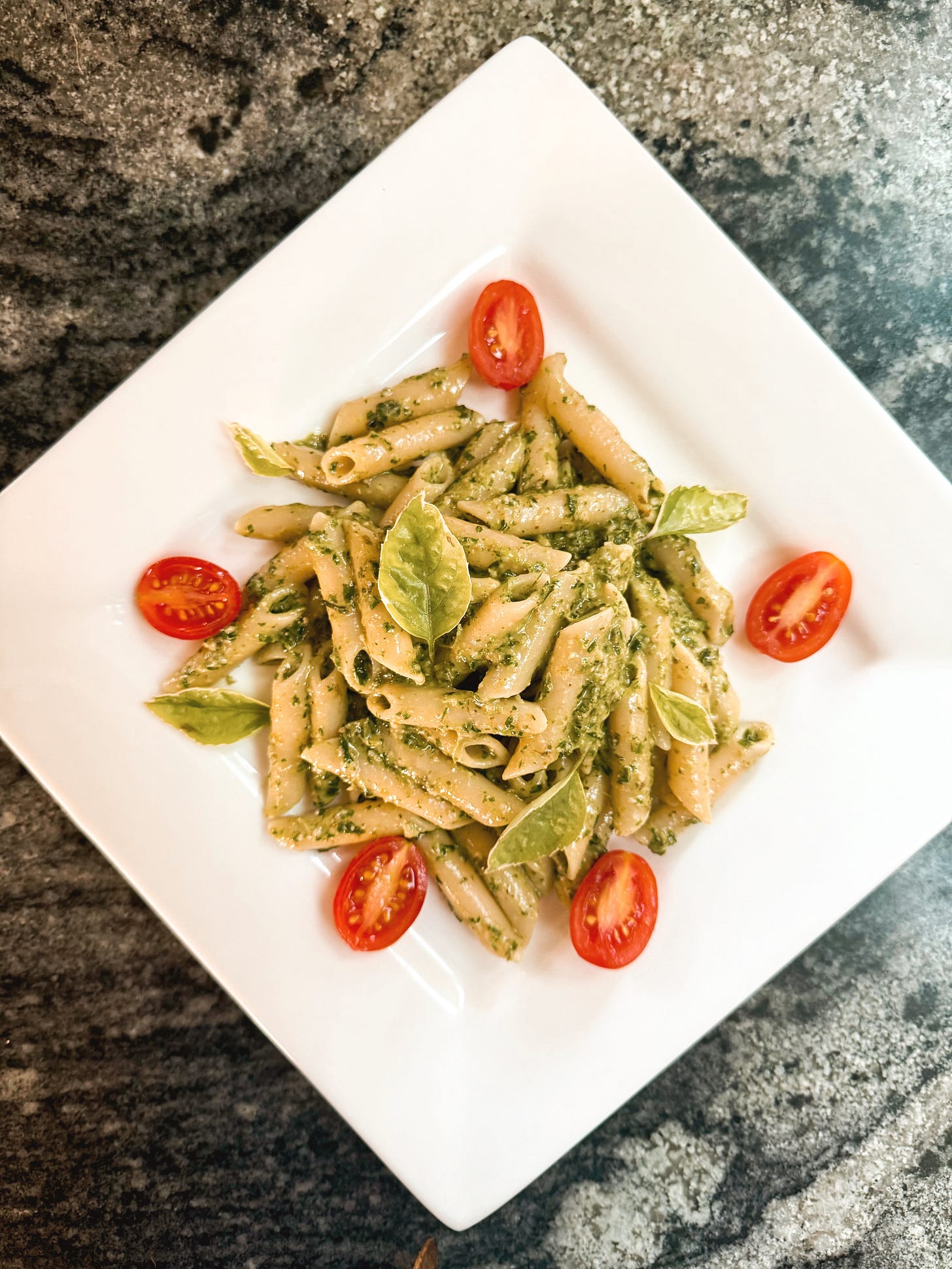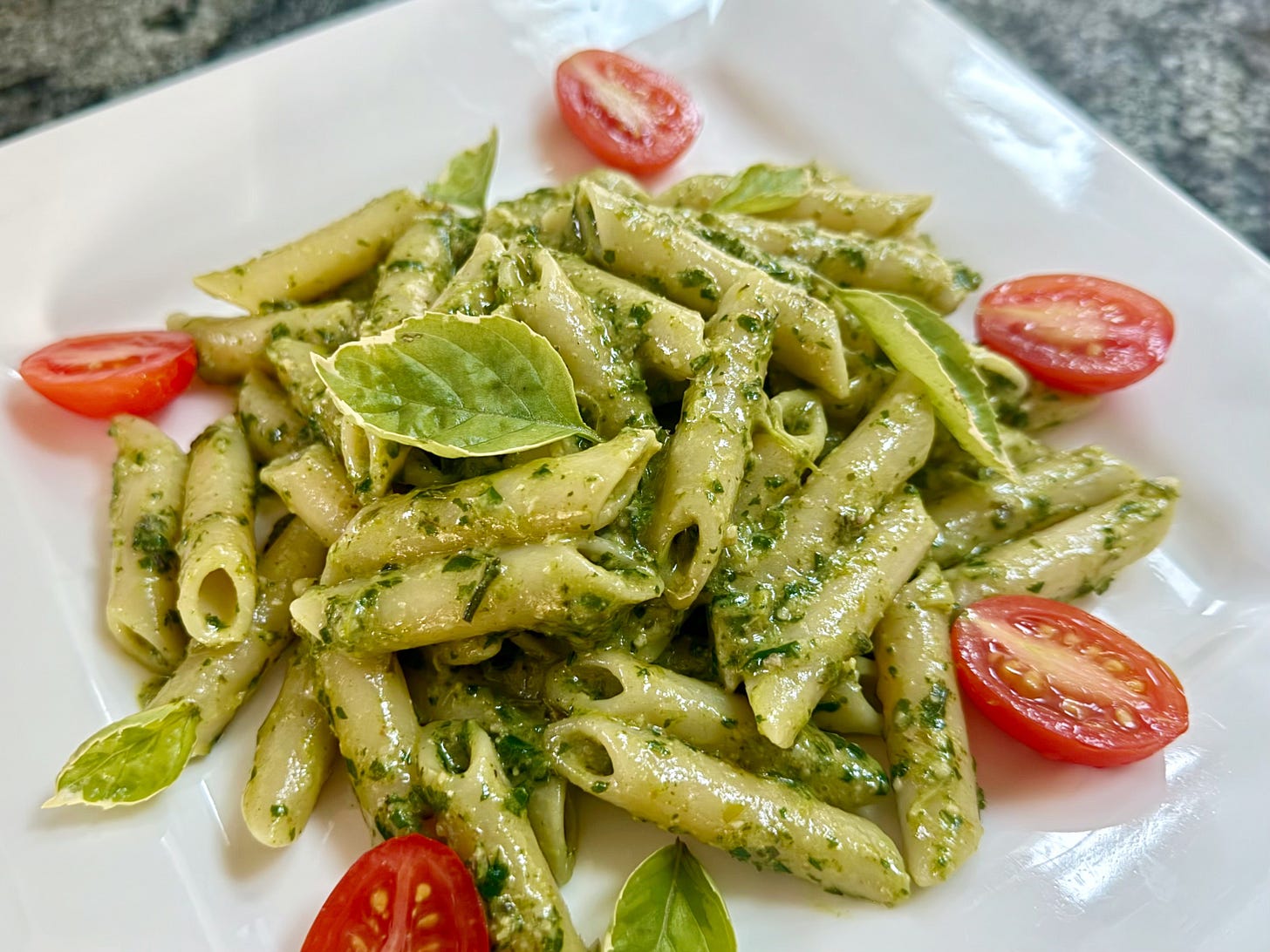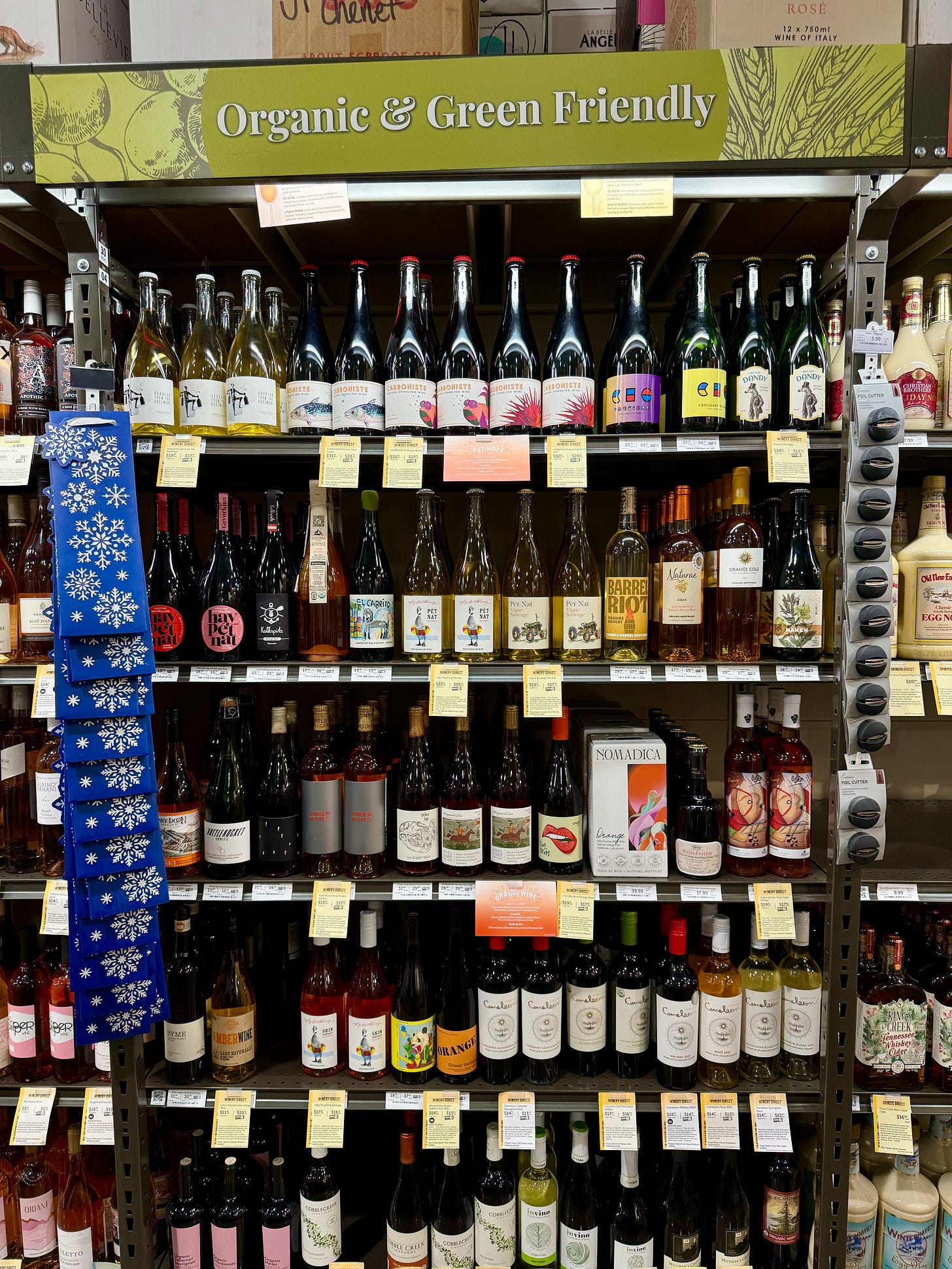My friend and I trade scraps. When one of us leaves town, we show up at the door of the other with a bag of food that might otherwise spoil in our absence. Last month, I left her with a bulb of fennel, two heads of kale (I had been overly ambitious at the farmer’s market that week), half a bag of mini cucumbers and a bunch of cilantro. Two weeks later, she was at my house with a different bulb of fennel, one heart of romaine, half a package of baby spinach and container of cooked quinoa. We are, the two of us, almost pathologically averse to food waste.
While it might seem silly to make use of such small quantities of produce, it adds up. Every time I read that each year in America we waste 30-40% of our food supply, I cringe, and vow to redouble my personal efforts to only buy what we will cook and to cook, and eat, what we buy.
Some of this waste happens at the industrial level. Driving through Salinas in Monterey County a few weeks ago, the “salad bowl of the world”, I was struck as I often am on this drive, by the scale of production to bring food to Americans. Seventy percent of the salad consumed in the United States is grown here. Pulling off the 101, straight, two-lane roads cut through a patchwork of green that stretch as far as the eye can see. There were the curly leaves of a head of kale, there were the serrated edges of the artichoke plant, there were the squat mounds of strawberries. This went on for mile after mile, with only the occasional human to tend to the vast landscape of produce, destined for a supermarket near you.
These food systems we have created are astonishing. The ease with which we can buy the spinach grown in the flatlands of California at a grocery store in Maryland is perhaps the same thing that sends so much of that to the landfill. It is all just so easy; we forget about how much energy it consumes at every step of the process.



Efforts are being made to reduce waste at the source, but even on the retail and consumer level, the USDA estimates that 31% of food is wasted. This is tragic not only thinking about the people who go hungry each day, but also in the implications on the environment. Plants may sequester carbon but the machines that till the land and transport food add carbon to the atmosphere, not to mention the methane, a potent greenhouse gas, that is released as those plants decompose in a landfill. Then there is the water. Seventy percent of our planet’s fresh water supply is used for agriculture. Earth.org estimates that throwing away a pound of beef is equivalent to wasting 6,600 gallons of water, a resource increasingly in short supply beyond just the drought plagued western United States.
So what do we do?
Plan meals better. Very low tech, I do our meal plan on a white board on the refrigerator at the beginning of the week leaving one or two blank nights to account for leftovers or change of plans. I also often use meat or fish that is stored in the freezer that I can take out to defrost the night before. Keeping a decent stock of frozen protein means fewer trips to the market and ensures it stays fresh until I need it.
Get creative with leftovers. We are so obsessive with leftovers that my husband even coined an acronym for meals made up of repurposed odds and ends: ZFW – Zero Food Waste. Fried rice, soup, frittatas, quesadillas stuffed with all the things – these are staples of the ZFW diet.
Headed out of town? Freeze what you can. We will clean and tear kale and spinach so it is ready to throw into future smoothies. Fresh tomatoes can be frozen for use later in soups or sauces where they would cook down anyway. Any cooked dish in a liquid will freeze well too. I’ve even taken recently to freezing half a can of beans in their liquid as we never seem to get through a whole can of beans before they start smelling funky.
As for those odds and ends that don’t freeze so well? Half heads of greens and bunches of herbs make for great pesto, and once whizzed up in the blender with cheese and whatever nuts you have on hand, freeze the sauce, if you don’t eat it all first. Or just make like me and find a scrap buddy, then you can ZFW together.
Read, Watch, Listen
Read more about the “salad bowl of the world” by dipping into Salinas life at the start of the 20th century in John Steinbeck’s masterpiece East of Eden.
Watch Apple TV+ new food documentary Omnivore. The first episode on chilies takes you up the Scoville chart from mild paprika to the scorching ghost pepper. The final scene, in Copenhagen’s renowned Noma, had me in mind of the movie The Menu, but without so much actual murder.
For more ideas on using leftovers in new ways, listen to this episode of Splendid Table where they interview Tamar Adler, author of The Everlasting Meal, an entire cookbook devoted to using every scrap in your larder from asparagus ends to Cheeto crumbs.
Greenest Pesto
Cooked Greens, fresh herbs, nuts, cheese, olive oil… what could be bad?
Makes 2 cups of sauce
1 bunch mixed raw greens (spinach, kale, chard, dandelion greens, beet greens, turnip tops) OR 1 cup leftover cooked greens
½ cup walnuts (or pine nuts, pistachios, slivered almonds)
1 cup extra virgin olive oil
3 garlic cloves
1 tsp. salt
1 cup mixed fresh herbs/greens (basil, celery leaves, parsley, arugula, tarragon), tightly packed
2 T. lemon juice
¾ c. grated parmesan cheese
¼ c. grated pecorino cheese
Most of the time at home, we make basil and pine nut pesto in a mortar and pestle. When working with more fibrous greens, like kale, a blender or food processor is the preferred way to go.
If using raw greens like kale, bring a large pot of salted water to a boil. Prepare a large bowl with ice water and place it near the stove. Wash greens. Remove and discard any tough stems leaving just the leaves. When water is boiling, add greens, pushing down into the water. Blanch for two minutes. Use tongs to transfer greens from the boiling water to an ice bath. When cooked greens are cool the touch, transfer again to a colander, squeezing to remove as much water as possible. Take the bundle of cooked greens and roughly chop. You should have about one cup of cooked, chopped greens.
Add the nuts to the blender or food processor and pulse until finely, evenly chopped, scraping down the sides as you go. Add olive oil and blend again until smooth, scraping down sides as you go. Add salt and garlic and blend again. Add chopped, cooked greens and fresh herbs and greens along with lemon juice, and blend again. This might be thick, in which case, pulse and scrape down sides frequently. Add parmesan and pecorino cheese and pulse again.
This sauce can be frozen or stored in the refrigerator for a week of adding to pasta, omelets, sandwiches, or topping salmon or your favorite protein.
To Drink…
I was pleased this week to see a prominent display of organic wines at Total Wine & More. However, if you were less knowledgeable about organic wine, you might think, based on this display, that most of what is being made today is either skin contact “orange wine” or the ever-so-trendy, lightly sparkling, pet-nat style of wine. Still, a step in the right direction. For those wondering what on these shelves is worth buying, I’d direct you to the CARBONISTE wines on the top shelf, a fun line of California sparkling using less common grapes like Albariño.
Carboniste from $31.99 at Total Wine & More
How do you reduce food waste at home? Any special recipes you enjoy using leftovers? Leave a comment and share.








Feel like you might have your own acronym for minimising waste, but if not, feel free to adopt ZFW!
ZFW .. I do love an acronym and the hustle of not wasting!